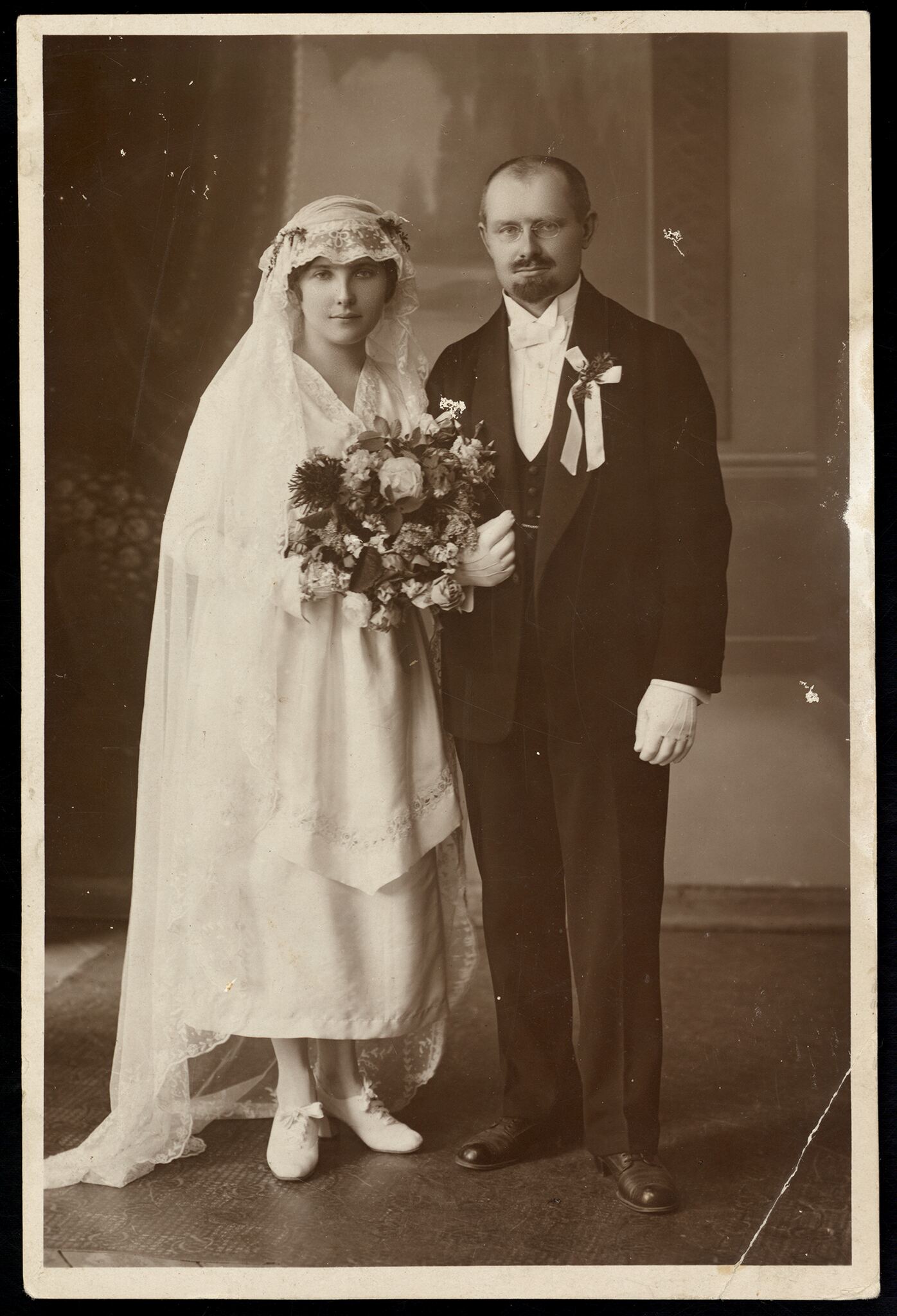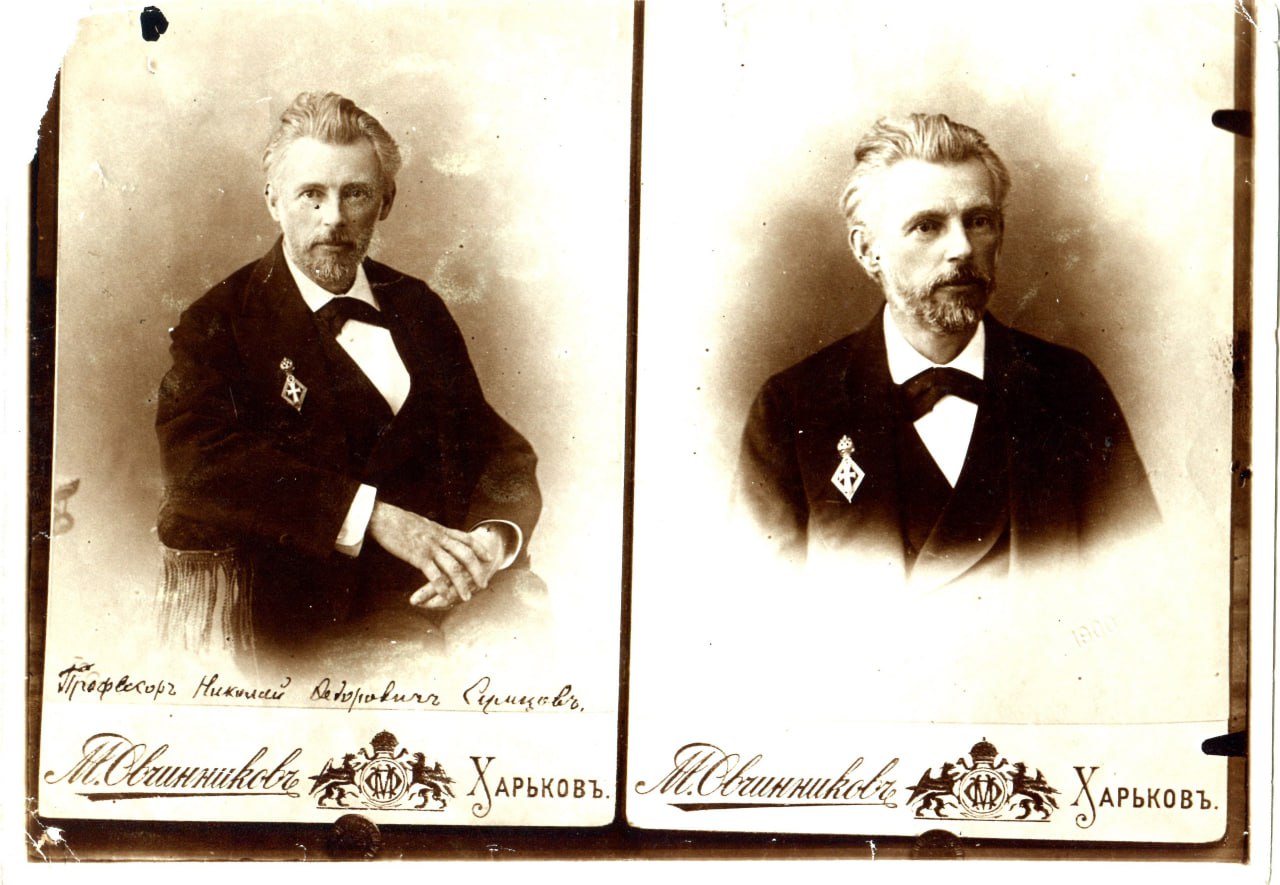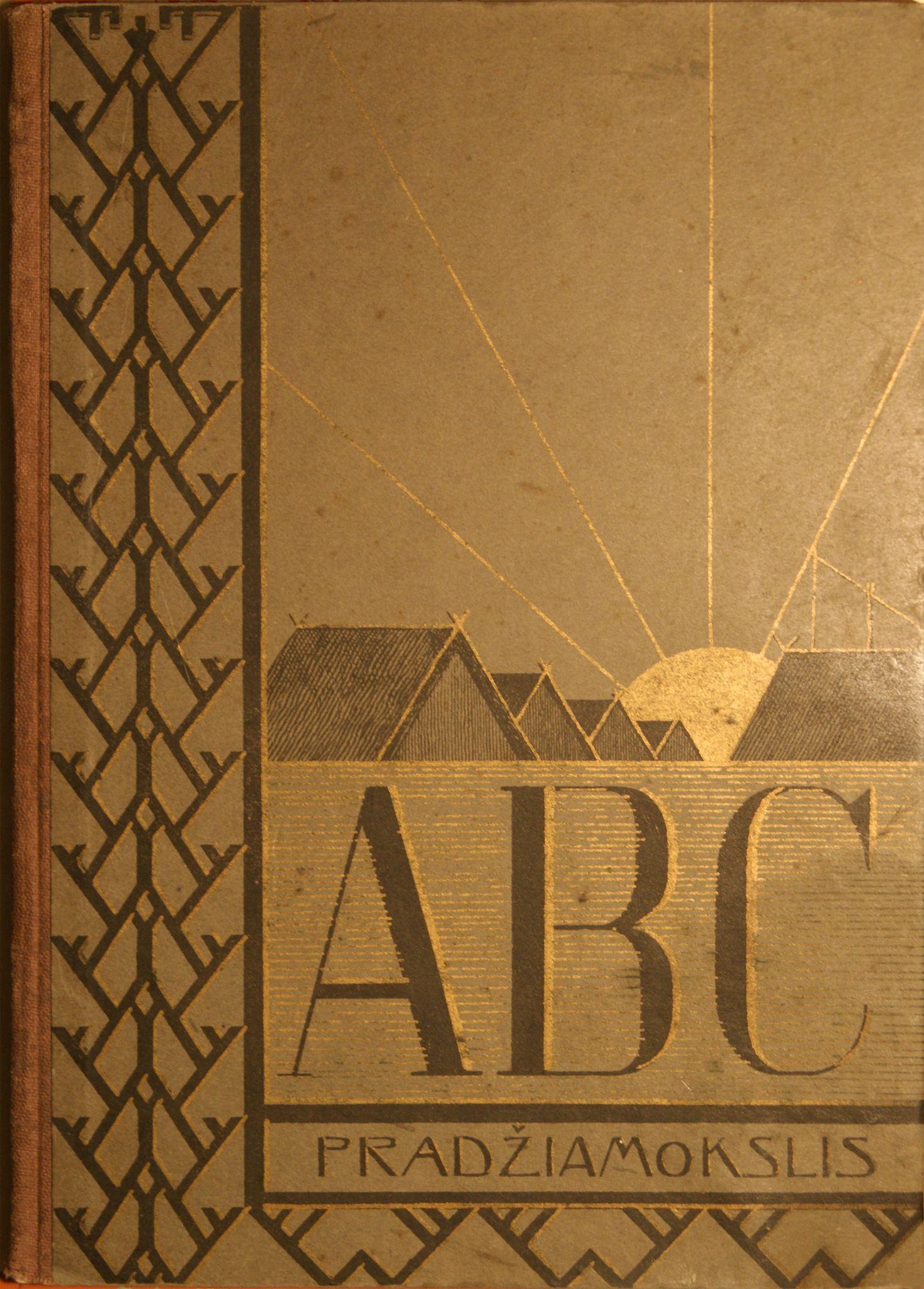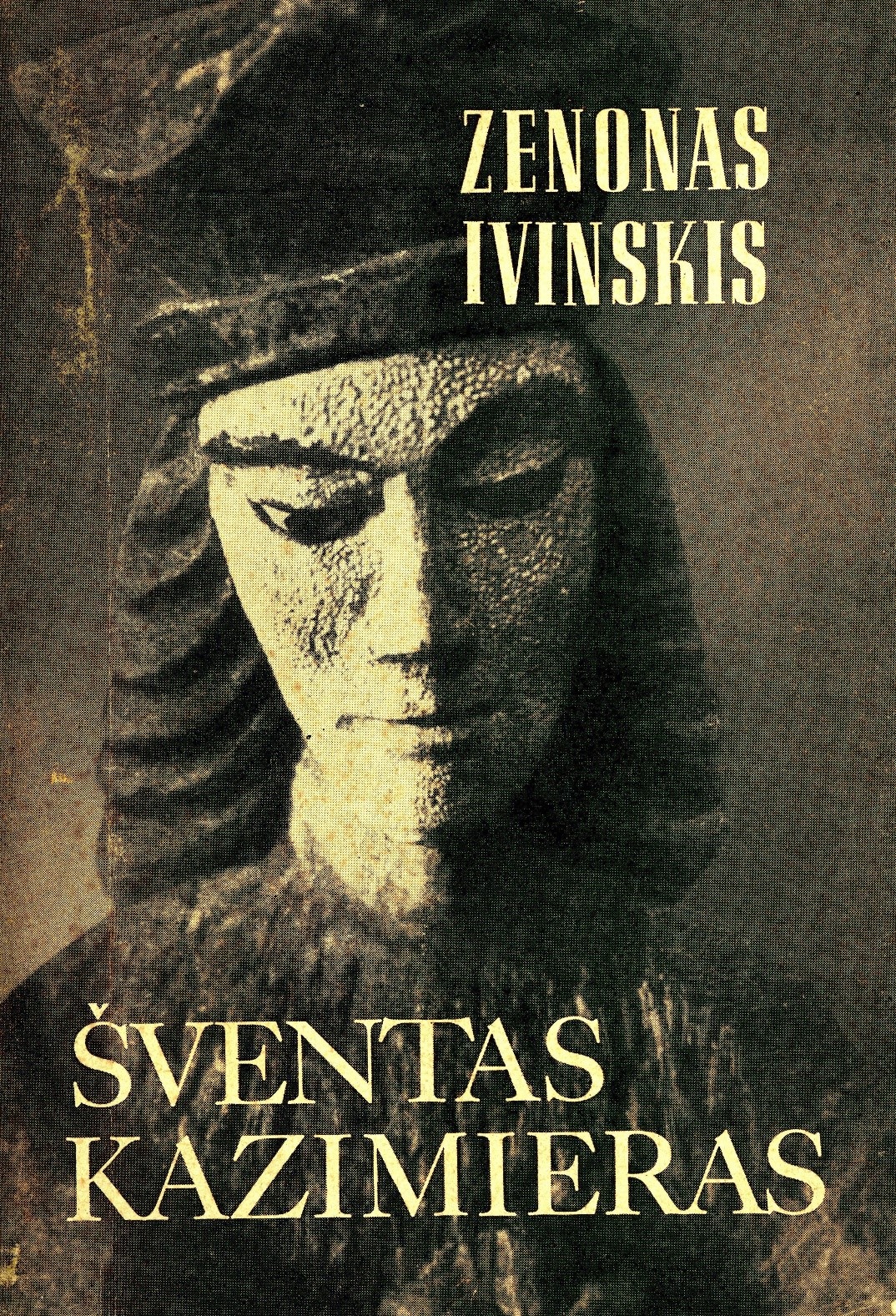Alexander Stulginsky is a man of extraordinary destiny. He is a signatory of the Act of Independence of February 16th, the President of the Constituent Seimas, the first constitutional President of the Republic of Lithuania, the only pre-war leader who did not leave his occupied homeland, and a prisoner of the Gulag.
Aleksandras Stulginskis was born on 26 February 1885 in the village of Kutaliiai, Kaltinėnai parish, Raseiniai County, into a large peasant family. The youngest child of the family was being trained for the priesthood. After graduating from the Liepaja Gymnasium, he continued his studies at the Seminary of Samogitian Priests in Kaunas, and later studied at the Faculty of Theology and Philosophy of the University of Innsbruck, and at the Jesuit University of the Austrian Fathers.
Finally deciding that the path of a priest was not for him, he graduated from the Halle Agricultural Institute in 1913. Returning to Lithuania, he was appointed agronomist in the Alytus district of Trakai County.
At the outbreak of the First World War, Aleksander Stulginskis moved to Vilnius. There he became active in public and political life, becoming one of the initiators of the restoration of the Christian Democratic Party of Lithuania, founder and leader of the Farmers’ Union, and a member of the Lithuanian Council. On 16 February 1918, together with other members of the Council, he signed the Act of Restoration of the Independent State of Lithuania.
In 1920, A. Stulginskis became the President of the Constituent Seimas, and on 19 June 1920 – the first constitutional President of the Republic of Lithuania. He was re-elected President after the first Seimas elections in 1922 and again after the second Seimas elections in 1923. He served as President until 7 June 1926.
In 1927, Stulginskis retired from active political life. He bought an abandoned farm in Jokūbav, in the Kretinga district, together with his wife and their only daughter Aldona, and became a large-scale farmer – he established a model farm and had a dairy shop.
When the Soviets occupied Lithuania in June 1941, Stulginskis and his wife were exiled to Siberia – Alexander to Krasnoyarsk Krai, Ona to the Komi Republic. The Stulginskis were allowed to return to Lithuania only in 1956.
After surviving for 84 years, Alexander Stulginski died in September 1969 and was buried in Kaunas Panemunė Cemetery.
Information prepared by Dalia Galminienė, Curator of Museum Activities, Lithuanian Museum of Education



